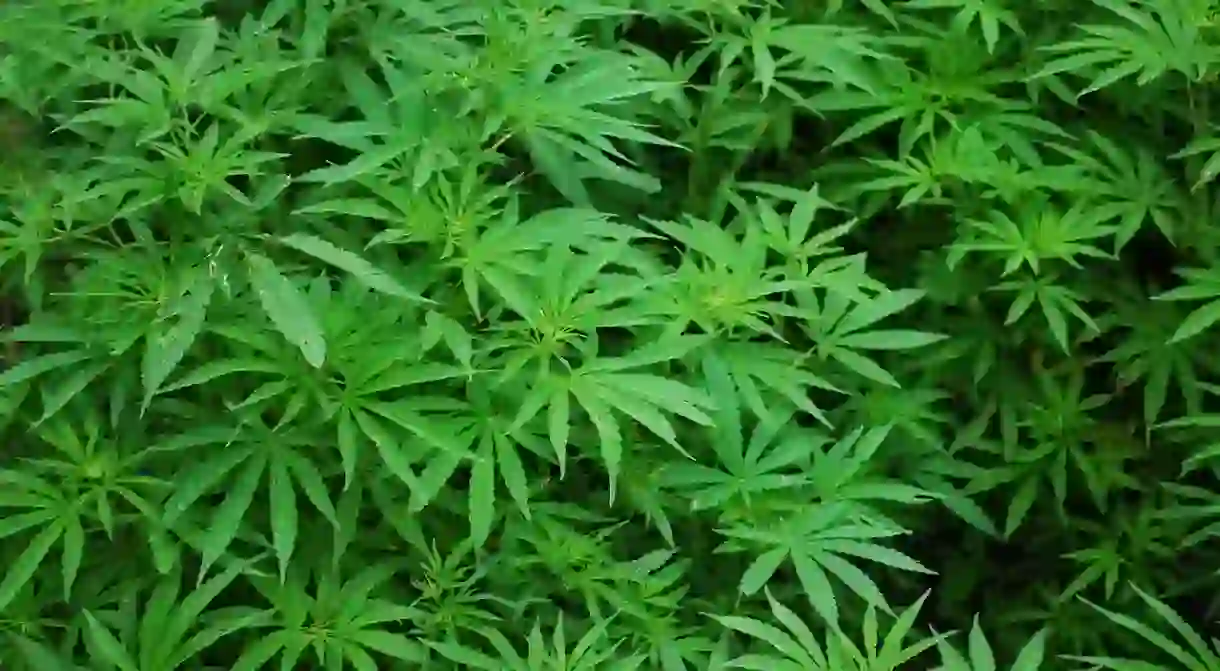Cooking with Cannabis in Rural Cambodia

Cambodia has a lengthy relationship with cannabis, with the herb featuring in cooking for centuries. Here’s our guide to cooking cannabis in Cambodia.
A stroll down Phnom Penh’s riverside will come coupled with calls of “Tuk-tuk”, from drivers. This is usually followed up with a hushed, “Ganja ganja”, as they attempt to palm off some over-priced marijuana on unsuspecting passers-by.

Also dotted among the bars, restaurants, cafes and hotels that line the riverfront, are happy pizza joints, where customers can add thick sprinklings of cannabis as a topping to their meal.
But while tourists are munching on the herb to get high, it is being used for very different reasons in the provinces.
In the Cambodian countryside, it’s not uncommon for farmers to grow a few plants amidst their crops for cooking, or personal use.
So, what’s the deal with the drug? This is the first question on many visitors’ lips.

It is believed that cannabis was introduced to Southeast Asia in the 16th-century, when it was used as a medicine, as well as in cooking.
Since then until today, there are many rural communities who grow small supplies of Cambodian cannabis – which is relatively weak in comparison to the skunk varieties found in other parts of the world.
However, the majority of the time this isn’t so rural households can laze away their days in a stoned haze, needing instead to spend long hours toiling in the heat in paddies and other farmland.
Instead, it’s because cannabis is added to dishes, like basil is to pasta, and is also believed to contain medicinal properties.

For centuries, Cambodians have added a sprinkling of the herb to their food, whether it be a classical chicken curry, chicken soups, pork and rice, or any other local dishes, in fact.
While that practice is dwindling, there are still many rural households who continue to add a dash of the herb to give a mild kick to their cooking. The plants are usually grown on farmland or outside homes, with the leaves and buds dried before being used with food.
It is also commonly used as a topical skin rash ointment and to treat nausea and headaches.

While cannabis is technically illegal in Cambodia, the law will turn a blind eye to locals growing it on their land in small amounts. However, don’t let this fool you into thinking they don’t take the drug seriously.
Many major busts have seen police swoop on large-scale cannabis farms in the countryside – Mondulkiri, Ratanakiri and the Cardamom Mountains’ highlands are ripe growing spots – and locals and foreigners caught dealing large amounts have been put behind bars.
So, you’re best bet is to leave the cannabis cooking to the locals.













